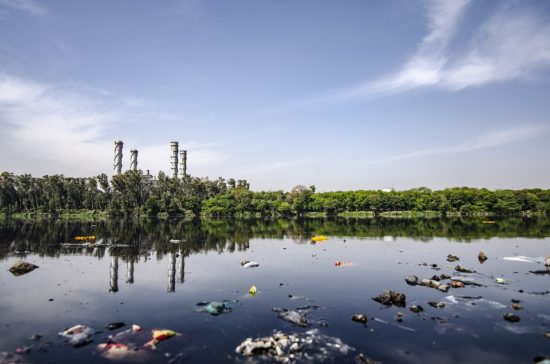The Contribution of Wastewater to the Transmission of Antimicrobial Resistance in the Environment: Implications of Mass Gathering Settings
Antimicrobial resistance (AMR) is the major issue posing a serious global health threat. Low‐ and middle‐income countries are likely to be the most affected, both in terms of impact on public health and economic burden. Recent studies highlighted the role of resistance networks on the transmission of AMR organisms, with this network being driven by complex interactions between clinical (e.g., human health, animal husbandry and veterinary medicine) and other components, including environmental factors (e.g., persistence of AMR in wastewater). Many studies have highlighted the role of wastewater as a significant environmental reservoir of AMR as it represents an ideal environment for AMR bacteria (ARB) and antimicrobial resistant genes (ARGs) to persist. Although the treatment process can help in removing or reducing the ARB load, it has limited impact on ARGs. ARGs are not degradable; therefore, they can be spread among microbial communities in the environment through horizontal gene transfer, which is the main resistance mechanism in most Gram‐negative bacteria. Here we analysed the recent literature to highlight the contribution of wastewater to the emergence, persistence and transmission of AMR under different settings, particularly those associated with mass gathering events.
AMR NEWS
Your Biweekly Source for Global AMR Insights!
Stay informed with the essential newsletter that brings together all the latest One Health news on antimicrobial resistance. Delivered straight to your inbox every two weeks, AMR NEWS provides a curated selection of international insights, key publications, and the latest updates in the fight against AMR.
Don’t miss out on staying ahead in the global AMR movement—subscribe now!






